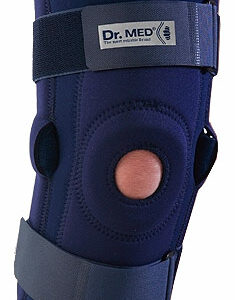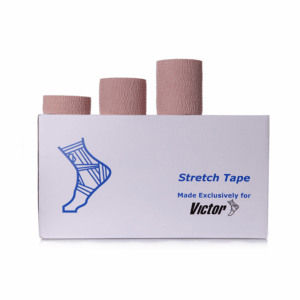Wicket Keeping Injuries
Updated:
Statistically, wicket-keeping is the least injury prone discipline in cricket. However, the repetitive nature of wicket-keeping, involving bending forwards, squatting, jumping and diving, puts a number of body parts at risk of injury. Furthermore, traumatic hand and finger injuries from catching hard balls repetitively are a common occurrence.
Lower back pain from repetitive bending forwards is typically the result of a lumbar disc bulge. Knee pain from repetitive squatting and jumping is often the result of patellar tendinopathy, patellofemoral pain syndrome or a meniscal tear. Awkward landings from diving for balls can put the shoulder at risk of injury with shoulder impingement or a rotator cuff tear a common occurrence. And finally, groin strains often result from the side to side movement that occurs when receiving deliveries.

Most Common Wicket Keeping Injuries in Cricket
Lower Back
Lumbar Disc Bulge
Tearing of connective tissue surrounding a disc in the lower back with subsequent bulging of disc material (figure 1). Typically as a result of repetitive or prolonged bending forwards of the lower back (e.g. wicket-keeping), sitting, lifting or twisting or following trivial movements, such as picking up a pencil or sneezing. May cause lower back pain centrally or on one or both sides of the spine, with or without symptoms radiating into the buttock, groin, thigh, lower leg, ankle or foot. Pain may increase on firmly touching the affected level of the spine and there is often associated muscle spasm and restricted spinal movement. Occasionally there may be no lower back pain, with only symptoms in the buttock or down the affected leg. Pins and needles or numbness are occasionally present in the affected leg or foot. Symptoms often increase with wicket keeping, batting, repetitive or prolonged sitting, bending, lifting, coughing or sneezing and are often worse first thing in the morning.
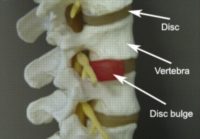
Figure 1 – Disc Bulge Anatomy
Groin
Groin Strain
Tearing of the adductor muscle (figure 2), typically during the side to side movements whilst wicket-keeping or a rapid change-of-direction movement. Associated with pain on firmly touching the affected region and localised, one-sided groin pain, often aggravated by stretching the affected muscle (figure 3).
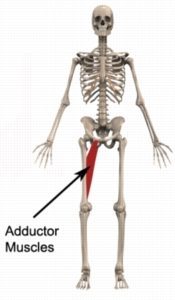
Figure 2 – Groin Strain Anatomy (Adductors)
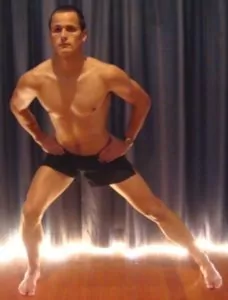
Figure 3 – Groin Stretch
Knee
Patellar Tendinopathy
A condition characterized by tissue damage and degeneration to the patella tendon (figure 4) resulting in pain at the front of the knee just below the knee cap. Typically an overuse injury, resulting from repetitive squatting (e.g. wicket-keeping), running, jumping or lunging activities. Pain is usually experienced on firmly touching the patella tendon and swelling or puffiness may be present. Pain usually increases when performing a single leg squat, hopping or walking down hills or stairs.
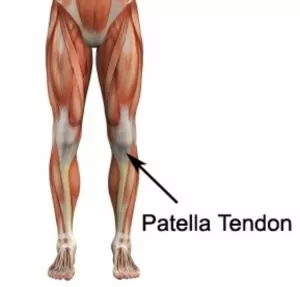
Figure 4 – Patellar Tendon Anatomy

Members Only ContentBecome a PhysioAdvisor Member to gain full access to this exclusive content. For more details see Become a Member. Already a member? Login Now
Shoulder
Shoulder Impingement
Pinching or compression of soft tissue, such as the rotator cuff tendons and the subacromial bursa (figure 7), between the upper arm bone (humerus – figure 7) and roof of the shoulder (acromion – figure 7) following an awkward landing onto the side of the shoulder. Typically causes pain or ache in the shoulder that may radiate into the upper arm and pain on trying to elevate the arm.

Figure 7 – Relevant Anatomy for Shoulder Impingement

Members Only ContentBecome a PhysioAdvisor Member to gain full access to this exclusive content. For more details see Become a Member. Already a member? Login Now
Hand & Fingers
Sprained Finger
Tearing of connective tissue and / or ligaments holding the bones of the finger together typically following excessive stretching of the joint in one direction from excessive impact of a cricket ball. Associated with pain on firmly touching the affected joint, restricted joint mobility and often swelling.

Members Only ContentBecome a PhysioAdvisor Member to gain full access to this exclusive content. For more details see Become a Member. Already a member? Login Now
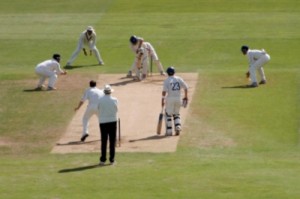 Other Cricket Injuries
Other Cricket Injuries
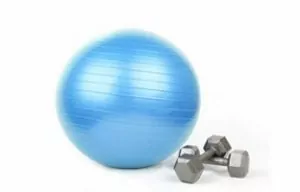 Physiotherapy Products for Wicket Keeping Injuries
Physiotherapy Products for Wicket Keeping Injuries
The following physiotherapy products are commonly prescribed to patients by physiotherapists to assist in the rehabilitation and prevention of wicket-keeping injuries:
To purchase physiotherapy products to assist with wicket-keeping injuries click on one of the above links or visit the PhysioAdvisor Shop.
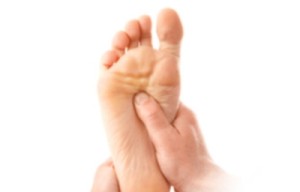 Find a Physio
Find a Physio
Find a physiotherapist in your local area who can treat wicket-keeping injuries.
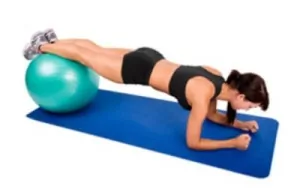 Exercises for Wicket Keeping Injuries
Exercises for Wicket Keeping Injuries
- Core Stability Exercises.
- Pilates Exercises.
- Gluteal Strengthening Exercises.
- Back Stretches.
- Leg Stretches.
- Leg Strengthening Exercises
- Groin Stretches.
- Scapular Stability Exercises
- Rotator Cuff Strengthening Exercises
- Balance Exercises.

Link to this Page
If you would like to link to this article on your website, simply copy the code below and add it to your page:
<a href="https://physioadvisor.com.au/injury-diagnosis/sports-injuries/cricket-injuries/wicket-keeping-injuries”>Wicket Keeping Injuries – PhysioAdvisor.com</a><br/>PhysioAdvisor provides detailed physiotherapy information on wicket keeping injuries including most common wicket keeping injuries, contributing factors and injury prevention tips for wicket-keepers in cricket.
Return to the top of Wicket Keeping Injuries.

